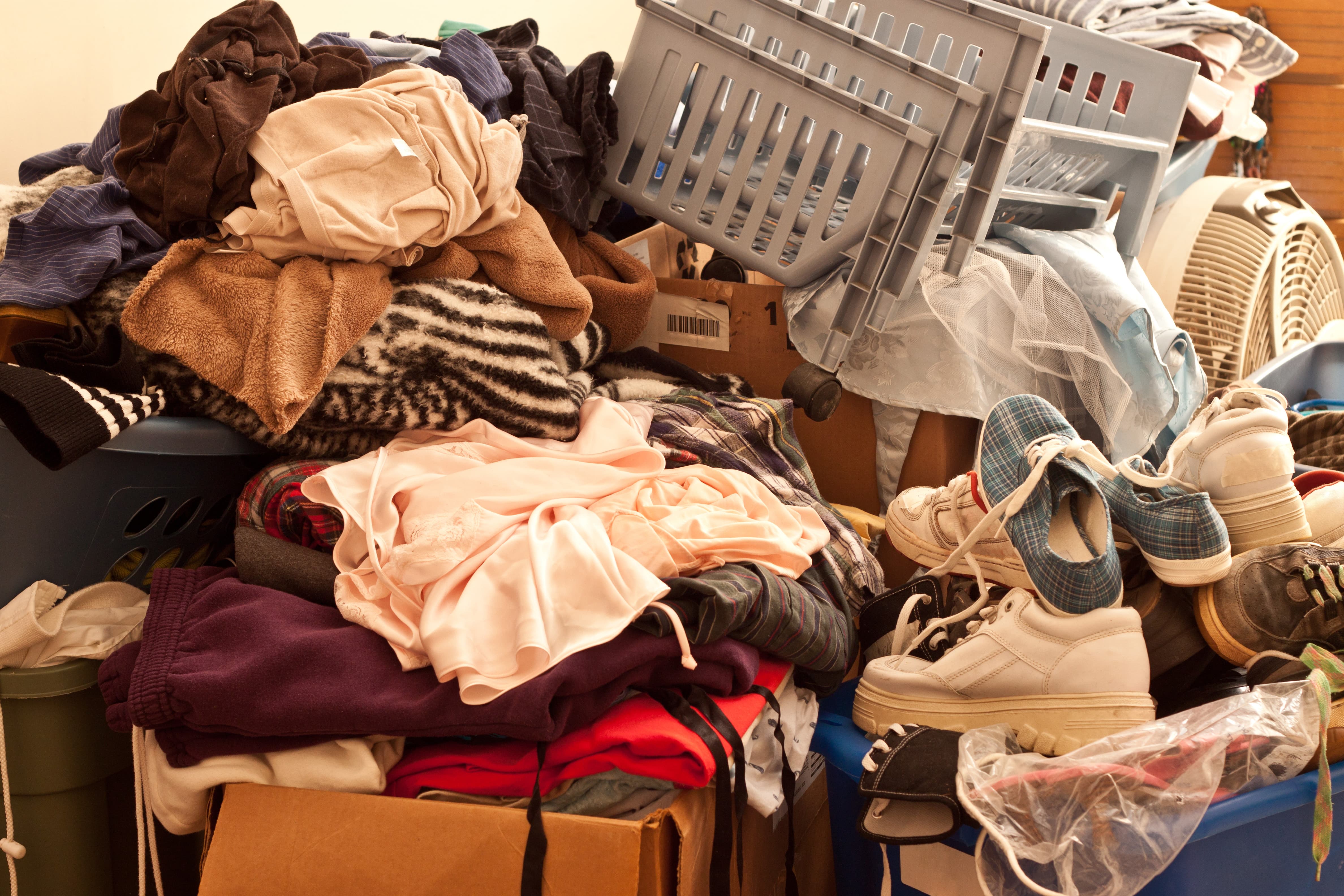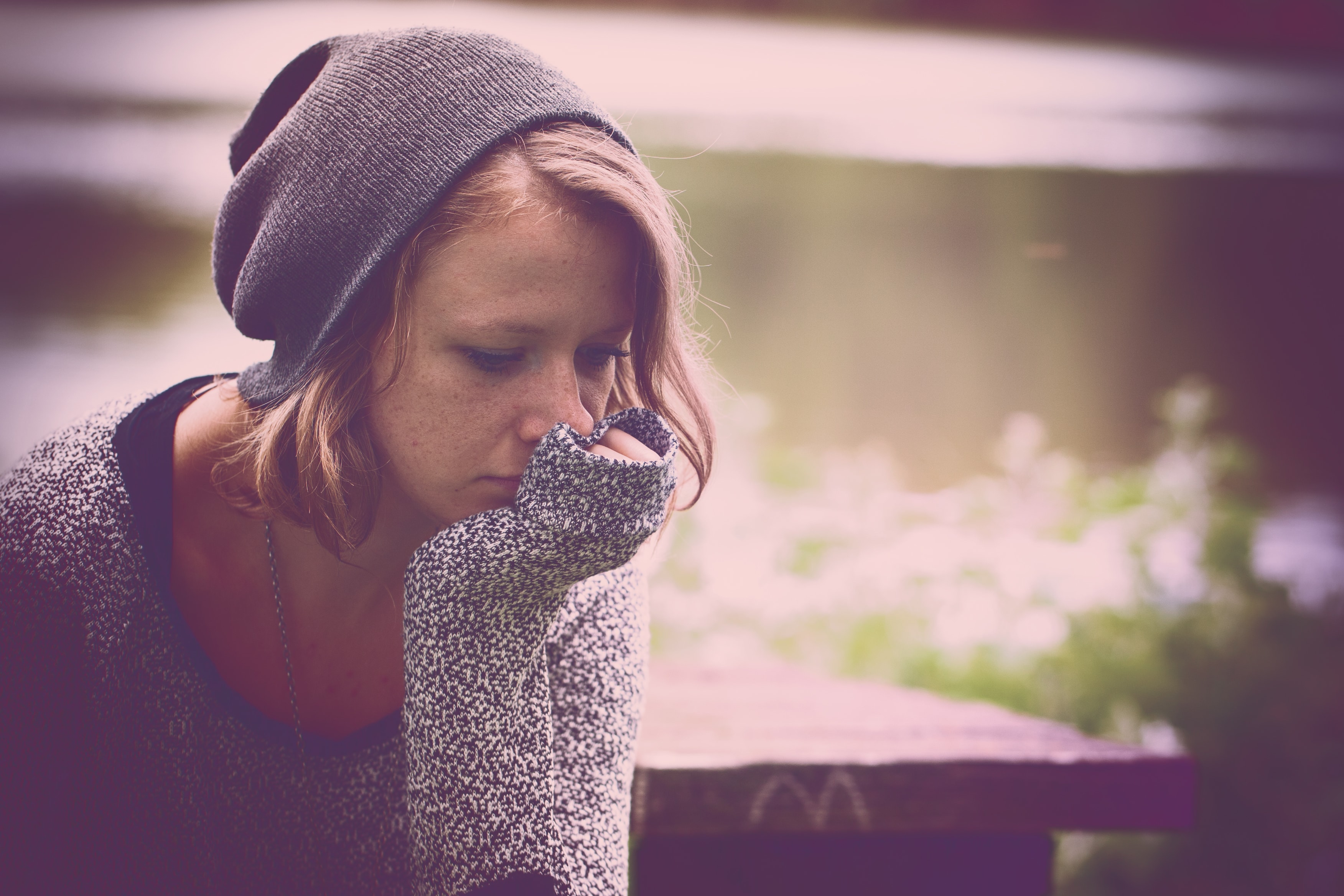In addition to experiencing mania or hypomania, many people with bipolar and related disorders also experience depression. Depression is associated with sadness, anhedonia (loss of interest), and irritability, in addition to changes in somatic and/or cognitive functioning. Bipolar depression is diagnosed using the same criteria as unipolar depression, though research suggests that people with bipolar depression may be more likely to experience hypersomnia (sleeping too much), food cravings, rejection sensitivity, and reactive mood. Bipolar depression is sometimes called “atypical depression.”
The primary difference between bipolar I and bipolar II (BD II) is the nature of the manic moods; people who have BD I must experience a full manic episode, which means that they had at least four manic symptoms and that these lasted for at least seven days, or resulted in their hospitalization. In contrast, people with BD II must not experience a full manic episode, though they will experience hypomania, which can be differentiated from mania based on the duration of symptoms (4 or more days) and the lack of impairment. In addition, a diagnosis of BD II requires an episode of major depression, whereas BD I requires only mania (though most will also experience one or more episodes of depression).
Bipolar and related disorders are often difficult to diagnose in youth because the symptoms overlap significantly with other childhood disorders, including attention-deficit/hyperactivity disorder, oppositional defiant disorder, depression, and anxiety; and with extreme presentations of normal childhood behaviors like temper outbursts, grandiose thinking, high energy, and poor judgment. Additionally, youth often experience mood episodes that are less distinct (i.e., the boundaries are soft) than is typically seen in adults, which can make the symptoms seem relatively chronic and make the illness difficult to differentiate. Some clinicians may also be hesitant to diagnose a bipolar spectrum disorder in a young client because, historically, bipolar disorder was only diagnosed in adults. However, three decades of research has demonstrated that children and adolescents do experience bipolar disorder and that they can be diagnosed using the same criteria that are applied to adults.
Bipolar I and bipolar II are both episodic disorders, though as mentioned, the episodes can be hard to define in youth. It is not uncommon for a young person with bipolar disorder to experience multiple mood states within a given day or week. However, the mood episode must represent a change in functioning from the youth’s baseline. Although youth with bipolar experience both manic and depressive symptoms, the manic symptoms usually garner the most attention from parents and teachers and are likely to be the reason for seeking treatment. However, research suggests that the depressive symptoms – which often last longer and are more difficult to treat – actually cause more impairment. Importantly, the shift from depression to a [hypo]manic state is the time of greatest risk for suicide. Youth with bipolar and related disorders are at significant risk for suicide, with over half experiencing suicidal ideation, and should be assessed carefully for safety.








